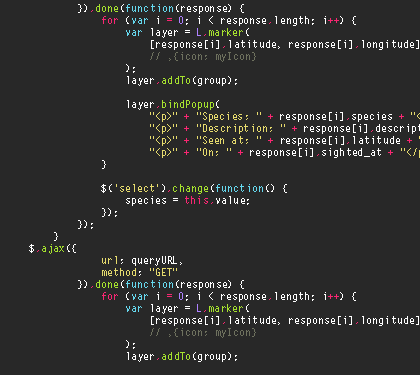Code Review: Beginner-Friendly Guide

Introduction
As a software developer, I know that code review is an important aspect of the software development process. It can improve code quality, reduce bugs, and enhance team collaboration. However, I also understand the challenges that come with conducting code reviews effectively, especially for beginners who are new to the process. In this article, I will share some beginner-friendly best practices for code review that can help you get started with the process.
So without wasting any time, let's get into this.

Steps to follow
Establishing clear objectives and expectations
I always make sure to establish clear objectives and expectations before conducting a code review. This is the first step toward a successful review process. I ensure that everyone on the team understands the goals of the review, the scope of the changes being reviewed, and the specific criteria that will be used to evaluate the code. This helps to keep the review focused, efficient, and effective, ultimately leading to better code quality and team collaboration.

Starting with a high-level overview
When I begin my code review process, I prefer to start with a high-level overview of the changes being made. This involves examining the overall structure of the code, the design patterns being used, and the system architecture. By starting with the big picture, I can catch any potential issues early on and ensure that the changes being made are in line with the project's overall goals. This approach helps me to maintain a holistic view of the code and avoid getting bogged down in small details before understanding the bigger picture.

Reviewing the code in small chunks
To prevent getting overwhelmed during code review, I find it helpful to break down the code into smaller chunks. I typically review individual functions or methods, or even individual lines of code, to ensure that I'm able to focus on the details and identify any issues that may have been missed during the high-level overview. This approach enables me to maintain a more granular focus on the code, which helps me to catch bugs or potential issues early on.

Using a checklist
I find using a checklist to be one of the most effective ways to ensure that I don't miss anything during a code review. By following a checklist, I can stay organized, ensure that I cover all necessary areas, and reduce the chances of overlooking any critical issues. When creating my checklist, I include items such as code formatting, variable naming conventions, commenting, and error handling. By including these items, I can ensure that I'm reviewing the code in a comprehensive and systematic way, and that I'm providing valuable feedback to the developer.

Being objective and constructive
When conducting a code review, I always strive to remain objective and constructive. This involves avoiding personal attacks, keeping the conversation focused on the code, and providing feedback in a constructive manner that can help the developer improve their work. By maintaining objectivity and providing constructive feedback, I can help create a positive team environment where everyone is working towards the same goals. This approach also helps to build trust between team members, as everyone knows that feedback is provided in a professional and respectful manner.

Following up on feedback
Providing feedback is just the first step in the code review process. After offering feedback, I make sure to follow up with the developer to ensure that they understand the feedback and are making the necessary changes. This can involve scheduling a follow-up meeting, reviewing the changes in a subsequent code review, or even pairing with the developer to help them make the necessary changes. By following up on feedback, I can ensure that the review process is effective and that the code is improved. This also helps to reinforce a culture of continuous improvement and collaboration within the team.

Using automation to streamline the process
To streamline the code review process, I often leverage automation tools. These tools can automate the review process, offer real-time feedback on the code, and help reduce the chances of human error. You can use various automation tools, such as static code analysis tools, code coverage tools, and automated testing tools, to help improve the efficiency and effectiveness of the review process. These tools can identify potential issues early on, provide data-driven insights into the code quality, and help ensure that the code is adhering to best practices and standards. Using automation tools in conjunction with manual review processes can help create a well-rounded and comprehensive approach to code review.

Conclusion
I recognize that code review is a critical aspect of the software development process. It helps improve code quality, reduce bugs, and increase team collaboration. By following these best practices for code review, you can ensure that your code reviews are effective, efficient, and constructive. These tips are useful for both beginners and experienced developers, as they provide actionable guidance that can help streamline the code review process and ensure that your team is producing high-quality code. So, whether you're just starting out or have been in the industry for years, these tips can help you conduct successful code reviews that benefit both you and your team.
Thanks for reading,
See you in the next blog, Until then keep developing and solving..

 Develop and Solve
Develop and Solve 



